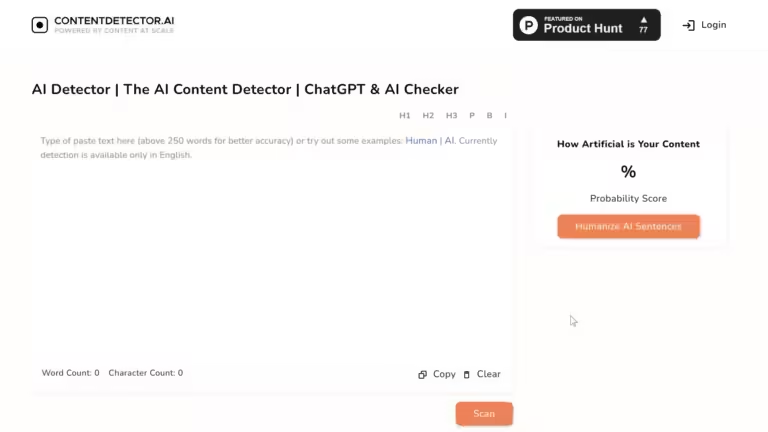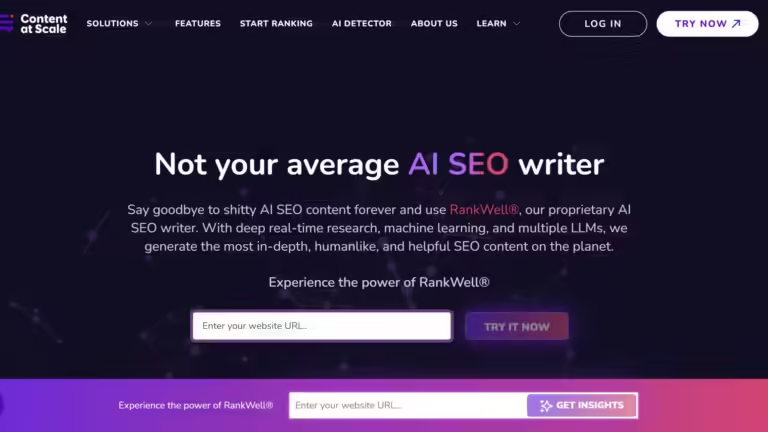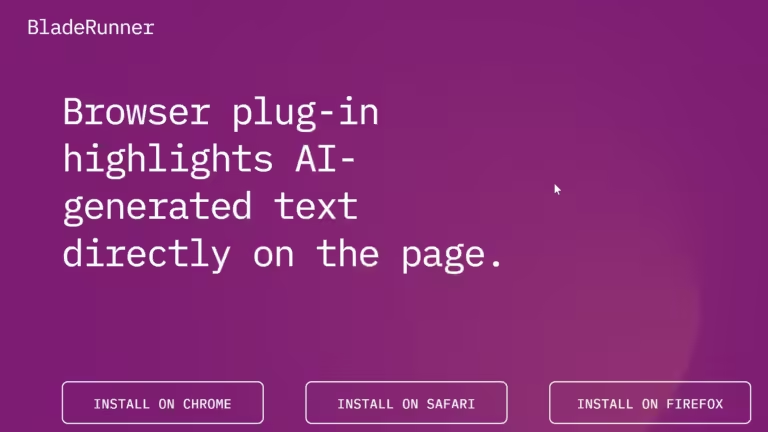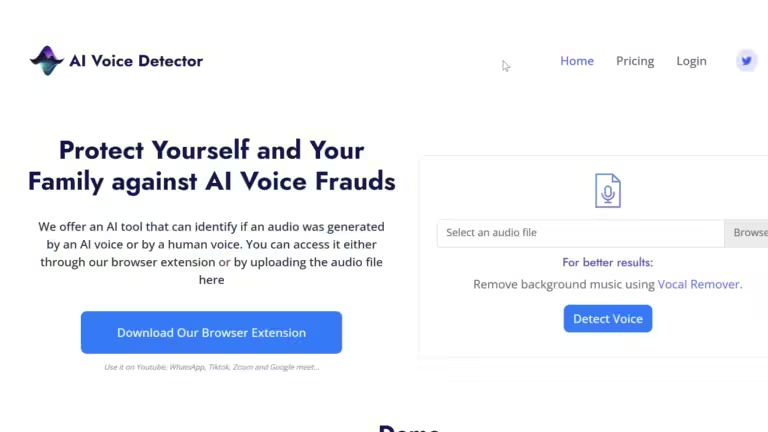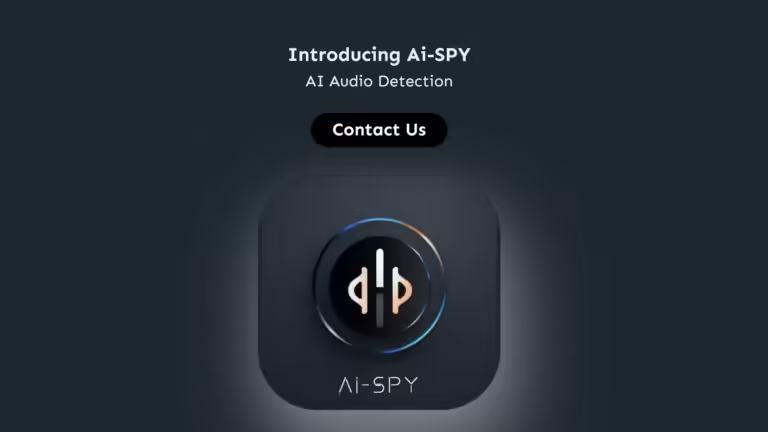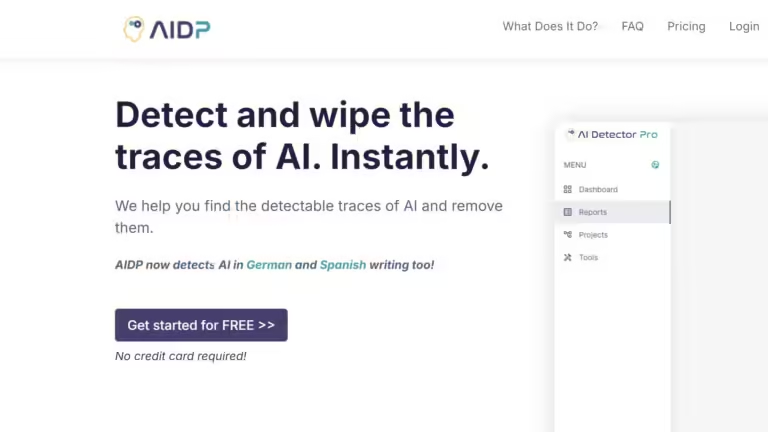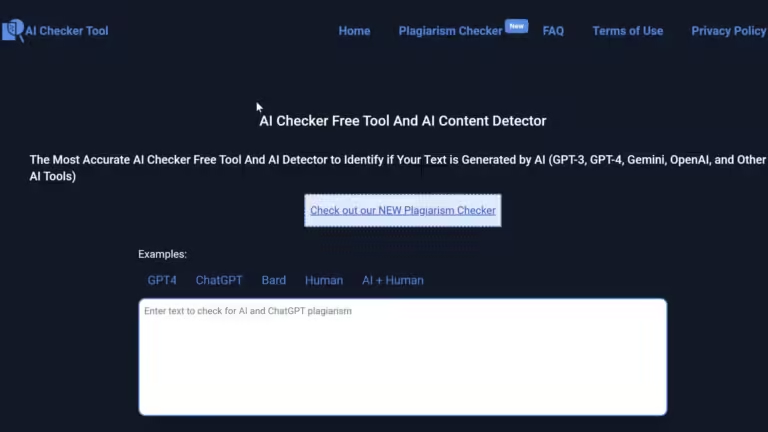AI Content Detectors

AI content detectors analyze text to identify patterns and characteristics typical of AI-generated content.
They use machine learning models trained on datasets of human-written and AI-generated text to detect features like low perplexity (predictability), lack of burstiness (variation in sentence structure), repetitive phrasing, and unnatural word choices.
By examining these linguistic elements, AI detectors calculate a probability score indicating the likelihood that a given text was produced by an AI language model rather than a human writer.

Explore AI Content Detectors
- Catch AI content, plagiarized passages, and paraphrased prose in the act.
- AI Content Detectors
- Paid Plans
- Starts at $9.99/month
- Access a free AI watchdog to safeguard your content's integrity.
- AI Content Detectors
- Free
- Free
- Write freely with an AI assistant watching for unoriginal content.
- AI Content Detectors
- Paid
- Starts at $49/month
- Check if your text is AI-generated for free. Ensure authenticity with ease.
- AI Content Detectors
- Free
- Free
- Ultimate AI text detection browser extension that keeps your content human-written.
- AI Content Detectors
- Free
- Free
- Accurately identify AI-generated voices with ease
- AI Content Detectors
- Subscription
- Starts at $80.99/month
- Detect AI-generated audio with advanced algorithms
- AI Content Detectors
- On Request
- On request
- Detect and remove AI traces in writing
- AI Content Detectors
- Freemium
- Starts at $13.99/month
- Fast and reliable AI content checker. Maintain integrity in your text.
- AI Content Detectors
- Free
- Starts at $13.99/month
AI Content Detectors FAQs
Is there a way to detect AI-generated content?
Yes, there are several tools available that can detect AI-generated content. These tools use advanced algorithms and machine learning techniques to analyze text and identify patterns typical of AI-generated content. Some of the top AI content detectors include GPTZero, Originality.ai, and Copyleaks. These tools examine factors like perplexity, burstiness, and sentence structure to determine the likelihood that a text was generated by AI.
What is the best AI content detector?
The best AI content detector can vary depending on specific needs, but some of the most highly recommended ones include GPTZero, known for its high accuracy, and Originality.ai, which offers a combination of AI detection and plagiarism checking. Copyleaks is also notable for its comprehensive coverage and high accuracy rate.
How to trick AI content detectors?
Some working (but not entirely foolproof) methods to make AI text undetectable include:
- Introducing Errors: Adding spelling mistakes, grammatical errors, or unusual punctuation can sometimes bypass detection.
- Rewriting Text: Using tools like Claude 3 to rewrite content in a more human-like manner. You can ask it to use shorter phrases and paragraphs, more snappy sentences, or write for a 7th grader.
- Manual Editing: Adding personal stories and unique insights that AI typically cannot generate.
What does AI content detector do?
Most commonly, AI content detector analyzes text to determine whether it was generated by a human or an AI. It uses machine learning models trained on large datasets of both human-written and AI-generated text. Some tools can detect an AI-generated voice.
The detector looks for specific patterns, such as sentence structure, word choice, and predictability, to assign a probability score indicating the likelihood that the text is AI-generated.
Can ChatGPT make itself undetectable?
While ChatGPT can be prompted to generate more human-like text, making it completely undetectable is challenging. AI detectors are continuously improving and can often identify even well-disguised AI-generated content. Techniques like increasing perplexity and burstiness can help, but they are not guaranteed to bypass advanced AI detectors like GPTZero or Originality.ai.
Do AI detectors detect Grammarly?
Yes, some AI detectors can flag content significantly altered by tools like Grammarly, especially if the changes are extensive and align with patterns typical of AI-generated text. However, basic grammar and spell-checking features are less likely to be flagged than more advanced rewriting functionalities.
Are AI detectors 100% accurate?
No, AI detectors are not 100% accurate. They can produce false positives (flagging human-written content as AI-generated) and false negatives (missing AI-generated content). The accuracy of these tools varies, with some like Copyleaks boasting high accuracy rates, but no tool can guarantee perfect detection.
Can AI detectors detect paraphrasing?
Yes, advanced AI detectors can often detect paraphrased content. They analyze the underlying structure and patterns of the text, which can reveal AI-generated paraphrasing. Tools like QuillBot and Copyleaks are designed to identify even paraphrased AI content by examining sentence structure, word choice, and other linguistic features.
Editorial process: My reviews always result from real-world experience. Read my Editorial Guidelines to learn more.
The posts may contain affiliate links. However, this never impacts my commitment to honest, unbiased recommendations. If you decide to buy any of the promoted products, I may receive a commission at no additional cost. By doing this, you inspire me to create helpful and engaging content. You can read about affiliate disclosure in the privacy policy.
We improve our products and advertising by using Microsoft Clarity to see how you use our website. By using our site, you agree that we and Microsoft can collect and use this data. Our privacy statement has more details.


